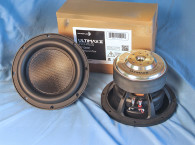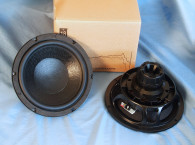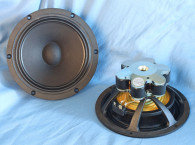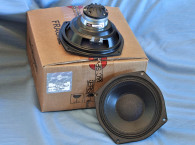After a long successful run, Eighteen Sound (and Ciare) was acquired by B&C Speakers on December 11, 2017, however, Eighteen Sound continues as a discrete brand separate from B&C Speakers.
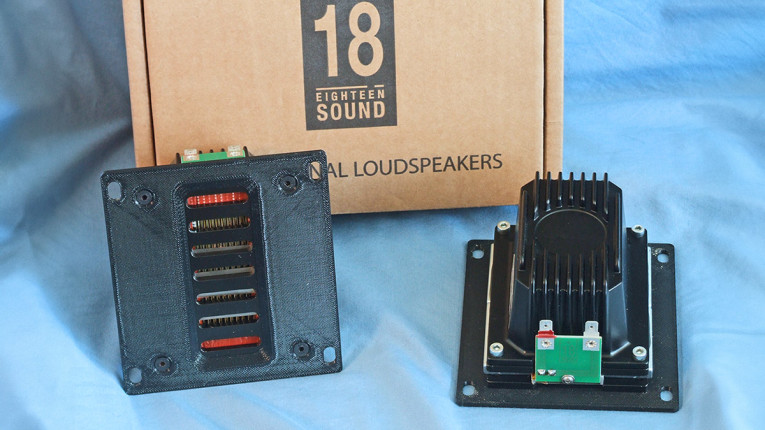
Eighteen Sound sent the AMT100H (Photo 1), its latest entry into the high-end pro sound high-frequency transducer category, a new air motion transformer (AMT). There has been a “renaissance” in AMTs in the last several years, and now they are showing up in home audio and in pro sound, in both studio monitors and PA applications.
Features for the Eighteen Sound AMT100H, include an 84mm×30mm rectangular throat with a Polyimide (Kapton) diaphragm (the AMT200P throat measures 167mm×31mm). This driver has a nominal 8Ω impedance, a neodymium magnet structure, AES power handling of 25W (50W continuous) above 1.2kHz, sensitivity of 93dB, a recommended crossover frequency of 1.2kHz at 24dB/octave, and a net weight of 1.84lb (0.835kg). This AMT also has a damped rear cavity that includes a black emissive coating and heatsink fins for cooling enhancement. The magnetic system in this driver is extremely strong with a flux density of 0.5T.
While the AMT100H can be mounted to any custom designed flat plate (Figure 1), Eighteen Sound also sent me a 3D printed face plate. While the 3D printed face plate was intended for this explication, Eighteen Sound will be offering a finished version soon.
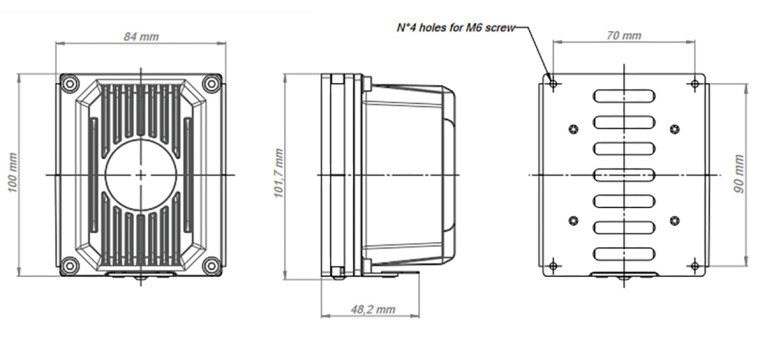
Testing commenced using the LinearX LMS analyzer to produce the 300-point stepped sine wave impedance plot shown in Figure 2. With nominal 8Ω impedance, the AMT100H has a 7.68Ω DCR, with minimum impedance of 7.15Ω and at 13.6kHz.
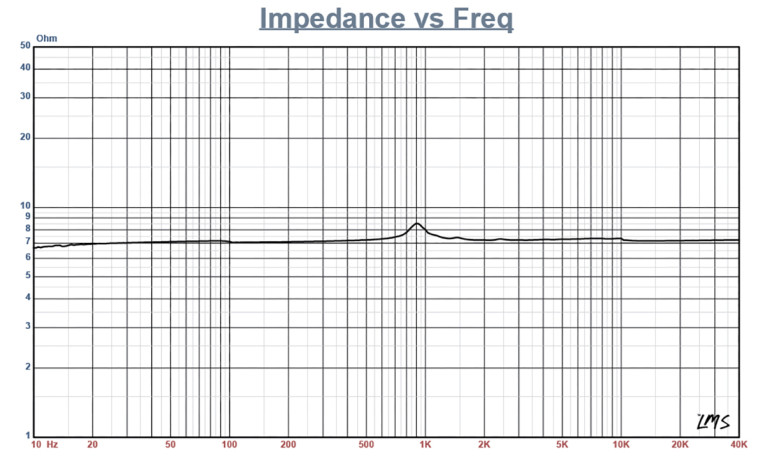
For the first set of SPL measurements, I mounted the Eighteen Sound AMT100H combination in an enclosure with a 15”×7” baffle dimension and measured both the horizontal and vertical on- and off-axis at 2.0V/0.5m (normalized to 2.83V/1m) from 0° on-axis to 60° off-axis using the Loudsoft FINE R+D analyzer and the GRAS 46BE microphone (supplied courtesy of Loudsoft and GRAS Sound & Vibration). Figure 3 displays the on-axis frequency response of the AMT driver/horn, which is relatively smooth ±1.5dB response from the 1.2kHz recommended crossover frequency to 5kHz with no major anomalies, followed by a rising response out to 21kHz.
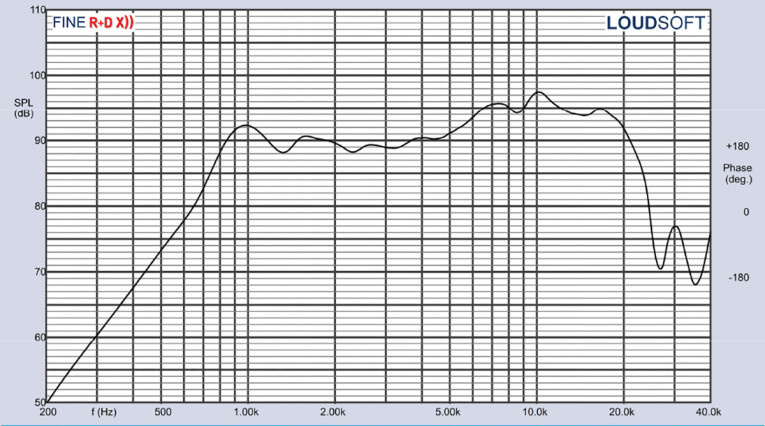
Figure 4 shows the on- and off-axis response in the horizontal plane. Figure 5 displays the normalized horizontal plane response. Figure 6 shows the 180° horizontal polar plot (in 10° increments with 1/3 octave smoothing applied), generated by the CLIO Pocket analyzer and accompanying microphone (courtesy of Audiomatica).
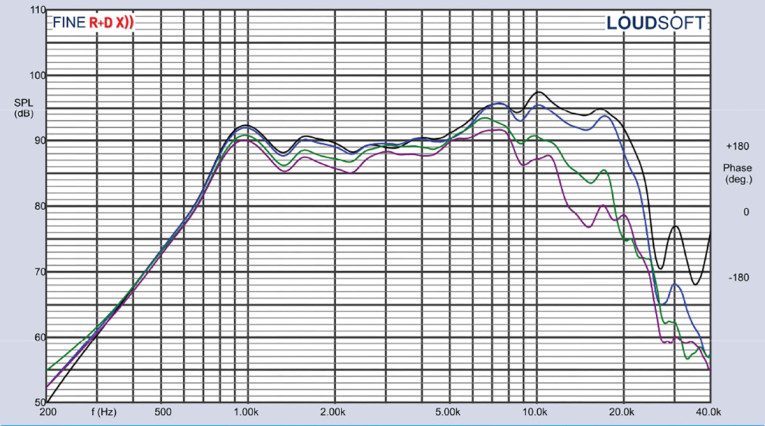
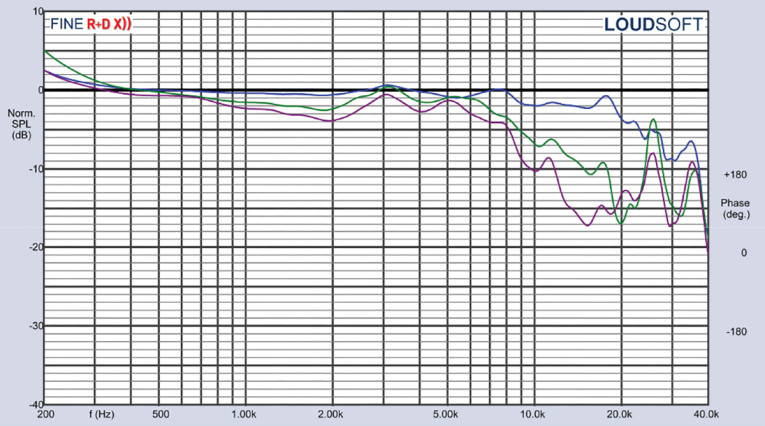
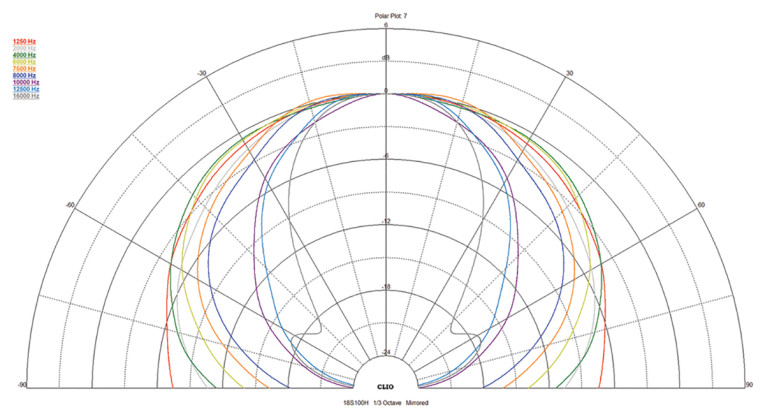
For the vertical orientation, Figure 7 depicts the vertical on- and off-axis, with the normalized version of Figure 7 shown in Figure 8, and the vertical plane polar plot is shown in Figure 9. Last, Figure 10 gives the two-sample SPL comparison showing the two Eighteen Sound AMT100H samples to be closely matched within ≤1dB throughout the drivers operating range to 6kHz, and within 1dB to 2dB from 6kHz to 20 kHz.
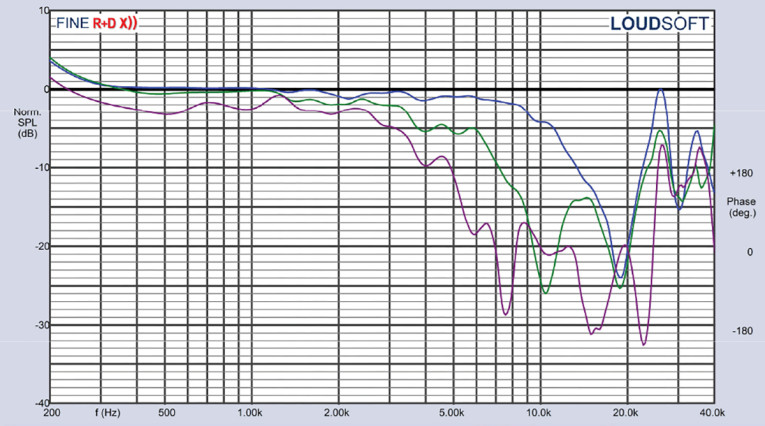

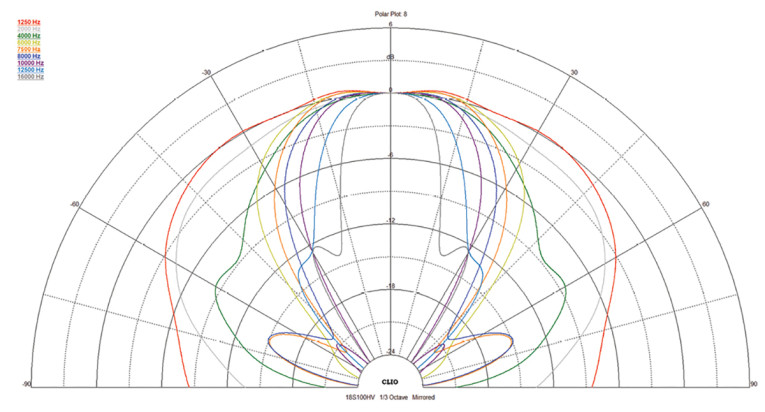

Next, I set up the Listen, Inc. AudioConnect analyzer and ¼” SCM microphone (provided of Listen, Inc.) and SoundCheck software to measure distortion and generate time-frequency plots.
For the distortion measurement, I mounted the AMT100H in same enclosure used for the frequency response measurements and set the SPL to 94dB at 1m (2.70V). Next, I measured the distortion with the Listen microphone placed 10cm from the mouth of the AMT. This produced the distortion curves shown in Figure 11, exhibiting very low third-order harmonic content.
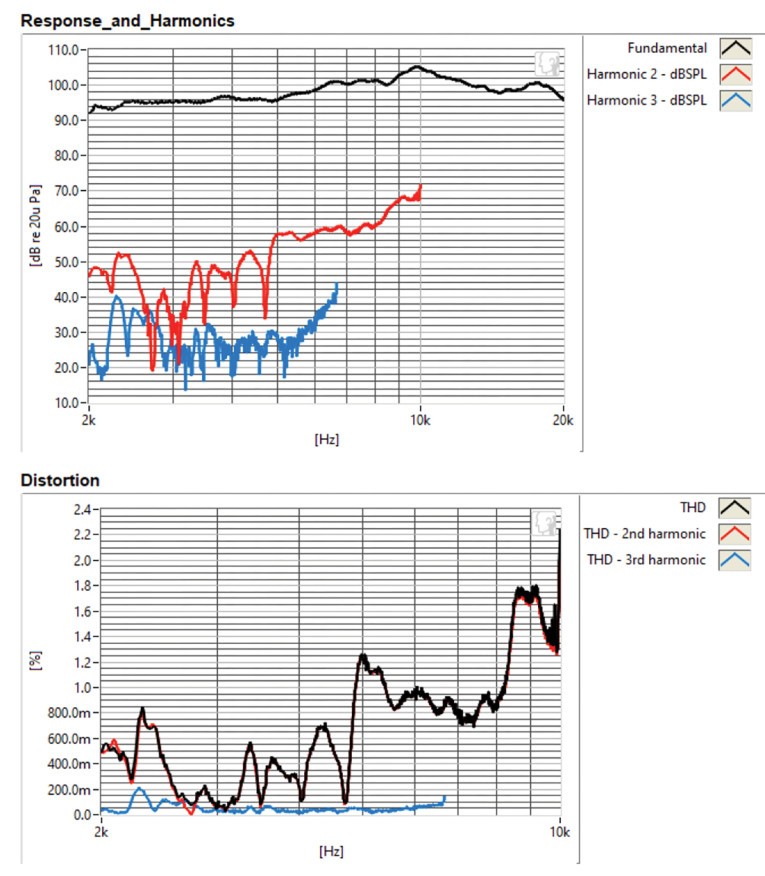
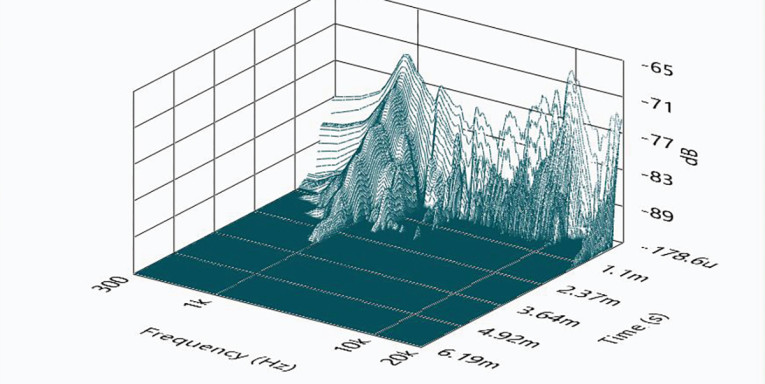
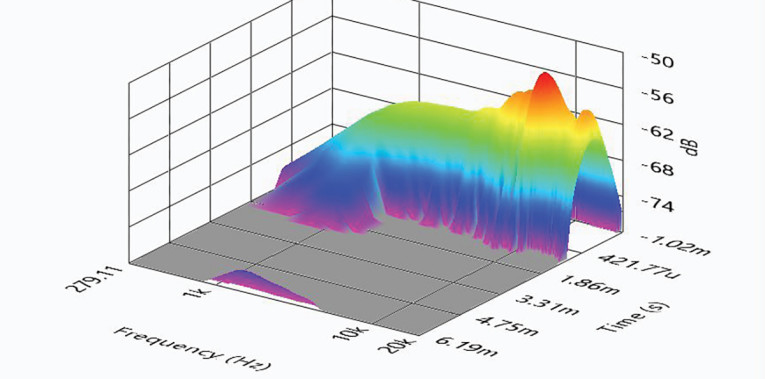
After going over all the objective measurement data presented above, the Eighteen Sound AMT100H AMT driver is obviously a well-engineered transducer, exhibiting good performance and outstanding build quality. Whether the application is as a small PA personal stage monitor, or as a high-performance high-frequency transducer in a studio monitor, it’s great for the industry to be offered another about 1kHz high-frequency alternative. For more information, visit www.eighteensound.com. VC
This article was originally published in Voice Coil, October 2023.




